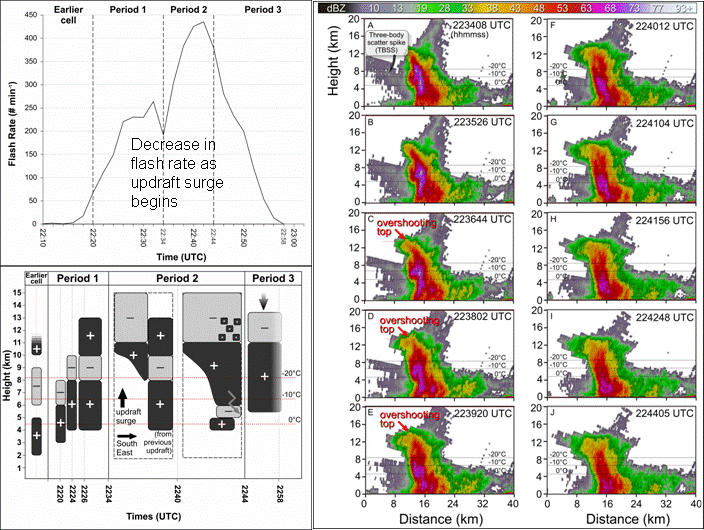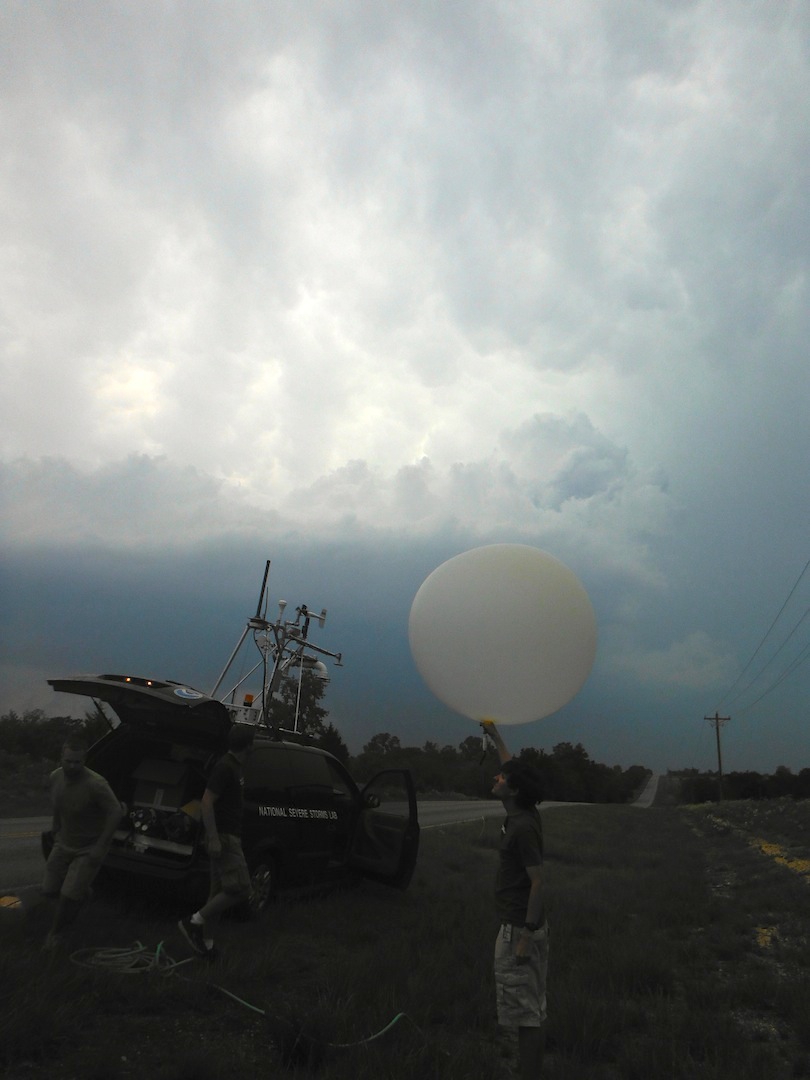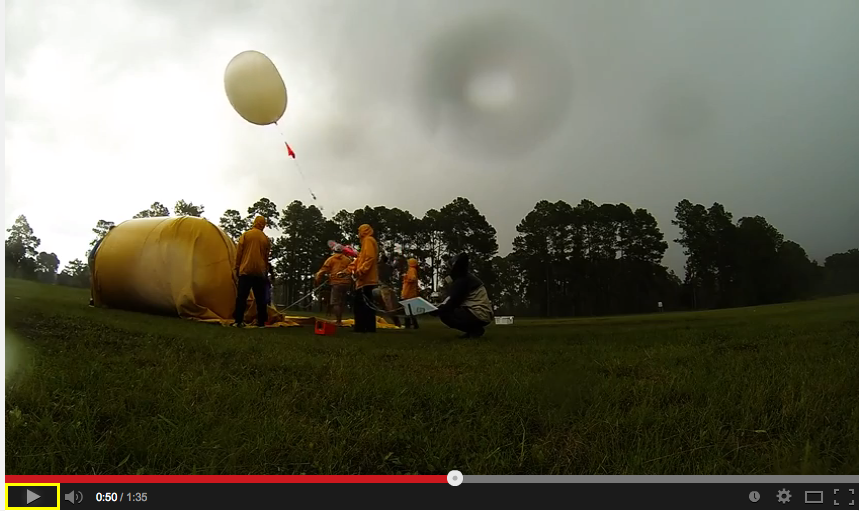“Lightning Hunters TELEX Explores Storm Electrification” is the cover article on the July, 2008 issue of the Bulletin of the American Meteorological Society (BAMS). TELEX, the Thunderstorm Electrification and Lightning Experiment, brought together researchers and students from NSSL and five university organizations in May-June 2003-2004. Their goal was to study how lightning and other electrical storm properties depend on storm structure, updrafts, and precipitation formation. This information will point to new ways for the National Weather Service to use lightning observations to improve forecasts and warnings of hazardous weather.
Measurements were made during TELEX using polarimetric and mobile Doppler radars, a mobile atmospheric sounding system, an instrumented storm-penetrating T-28 aircraft, a 3-D lightning mapping network, balloon-borne electric-field meters and radiosondes.
The TELEX team was able to deploy on a total of 22 days during the two-year project and collected data on a broad spectrum of storm types. Data analysis is ongoing, but researchers have already found that that cloud ice and riming graupel is an essential ingredient in electrifying storms. Studies have also shown that large rapid increases in lighting flash rates are related to strong developing updrafts and to increases in graupel mass, both of which can affect a storm’s potential for severe weather. Finally, lightning density plots have features that relate to severe weather reflectivity features on radar.
The article was lead authored by NSSL lightning expert Don MacGorman along with NSSL scientists Dave Rust, Conrad Ziegler and Ted Mansell and NSSL/CIMMS researcher Terry Schuur and others from the University of Oklahoma, Texas A&M University, and the New Mexico Institute of Mining and Technology.
Significance: TELEX studies help us learn how to extract valuable information from lightning mapping systems about storm characteristics and weather hazards.
More information: http://www.nssl.noaa.gov/projects/telex



